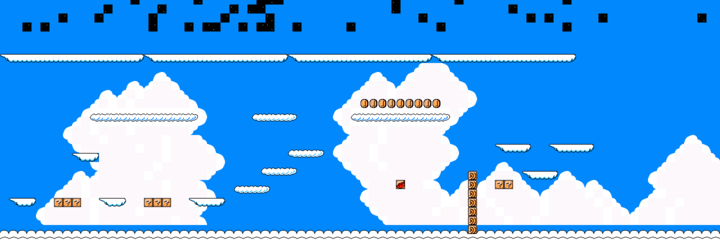Trending
Opinion: How will Project 2025 impact game developers?
The Heritage Foundation's manifesto for the possible next administration could do great harm to many, including large portions of the game development community.
Part 8 in a 10-part series about atmosphere in games - what it is, how to improve it, and how it breaks down into the various aspects of a game.


level
Read more about:
BlogsYou May Also Like